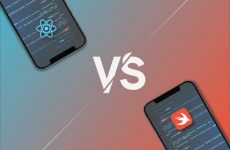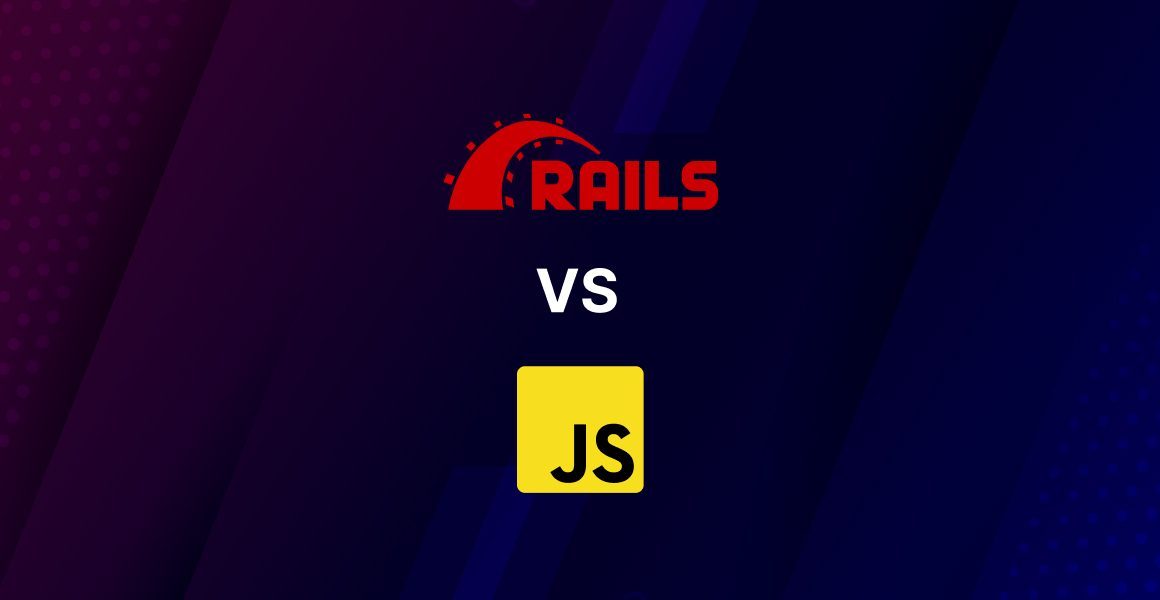Python is a high-level, open-source back-end programming language which is beginner friendly and very easy to learn. It was designed and implemented by Guido Van Rossum in 1991. It has since been developed by Python Software Foundation. It has been gaining popularity due to its versatility and application in the latest technologies like ChatGPT app in Artificial Intelligence and Machine Learning. Python has been used by industry leaders like Netflix, Spotify, Pinterest, Facebook, Google and Dropbox.
Reasons to learn python in 2022:
Reasons to learn Python are based on its versatile features:
Smoother learning curve:
Python is easy and quick to learn. It is based on ease of readability which makes coding simple for developers. The low complexity of English syntax is an added advantage. It is concise and less verbose and requires fewer lines to achieve the same result.
Free and open source:
Python provides the possibility of free downloading and making appropriate modifications of codes according to the developer’s needs.

Cross-platform applicability:
Different platforms can utilize the same code such as Windows, Linux and macOS as Python provides portability
Huge library source
The extensive library source of Python complemented with advanced modules saves time and energy for the developers because they don’t have to write codes from scratch. Examples of popular frameworks are Jupyter, NumPy, Django and Flask.
Welcoming community
The Python community is organized, extensive and highly supportive which can be crucial support systems for beginners. There are online open community forums and group meetings to understand the language further.
Collaborative efforts
Python allows collaboration with other learners and industry experts which aid in discussions, expand horizons and deepen the knowledge base for developers. Reddit, Sololearn and Python.org provide such helpful platforms.
Extendable
The existing applications can be extended easily with Python such as the addition of varied interfaces. Thus, it helps in expanding the functionality of applications.
Reusable codes
Reusability of codes helps in the automation of processes and enables faster stable code writing. It saves time which developers can invest in other crucial aspects of web development.
Uses of python
Python is used for a number of applications such as Software Development, Web development, Game development, building Desktop GUIs, Machine Learning, AI and even business applications, to name a few. It is also known as the scripting language.
Versions of python
Python has evolved over time and Python 3 is the latest, most advanced version of the programming language. Continuous improvements, removal of bugs and feature updates have created Python 3 which has removed certain problems associated with the previous versions. Developers can face ‘backward incompatibility’ where the latest features are not compatible with the old versions. Thus, Python 3 is the way to go.
Why python is the choice for beginners?
Python is a general-purpose language making it beneficial for beginners. Being written in easy syntax that is closer to English, makes the entire Python coding effortless to learn and read. The signs and symbols are instinctive to understand and don’t require much hard work by a novice to comprehend everything anew. It is a programming skill that is high in demand currently and provides great remuneration and scope for growth as well.
Is python worth learning?
Around 50% of web developers across the world use Python. At the same time, knowing Python programming language is a marketable skill if you wish to make a career in software engineering. It will give the programming aspirant an edge over the others. It is also preferred in top companies like NASA, Intel and Quora as the programming language. Python developers are among the highest paid alongside JavaScript and C++ developers, which makes learning Python a wise investment.
How can i learn python in 2022?
Learning Python afresh can take anywhere between two to six months for understanding the basics. Advanced programming can take more time. One can easily start learning Python through online courses, offline classes or even from books.
A certain free resource to understand Python are – Python.org, where one can receive comprehensive guidance and information related to Python. Udemy and Codecademy provide free online courses for beginners and advanced professionals alike. Free trial classes are also provided by a number of websites.
Some valuable paid Python courses are provided by The Python Bible, eDx, Coursera and Simplilearn which also organize certification courses of Python. The latest tutorials include video streaming, lab exercises, code samples, and demo modules and provide a community of students and instructors. These help in understanding the core concepts, critical tools required, scripting and networking.
With no need for prior knowledge, a beginner can gain insight into variables, strings, objects, handling, reading and writing files, along with understanding functionality from courses offered by Python Guru, Pythonspot, The Hitchhikers Guide to Python and Codementor.
Books like Head First Python and Python Cookbook are also great resources to learn all about Python.
Jobs after python
Web development, software engineering, data science and analysis are some of the job roles that are in demand post learning Python. Beginners interested in machine learning and scientific computing jobs can also opt for Python.
Drawbacks of python
One major disadvantage of Python is its speed. It is slower as compared to other programming languages due to being an advanced high-level language. Some alternatives to Python are Ruby and Full Stack Javascript. Another issue involves scalability concerns which can be countered with altered applications.
Conclusion
Python is the second most popular programming language after JavaScript and is only rising further due to its efficiency, learning ease and object-oriented approach. Debugging becomes smoother with Python along with extremely simple and reduced coding lines. It’s dynamic features and functional and logical approach make Python perfect for entire back-end programming or even certain niche projects. It can work on both small-scale and large-scale projects with the same accuracy and efficiency. It is the language of the future due to its wide applicability in emerging technologies like the Internet of Things, deep learning and AI.






